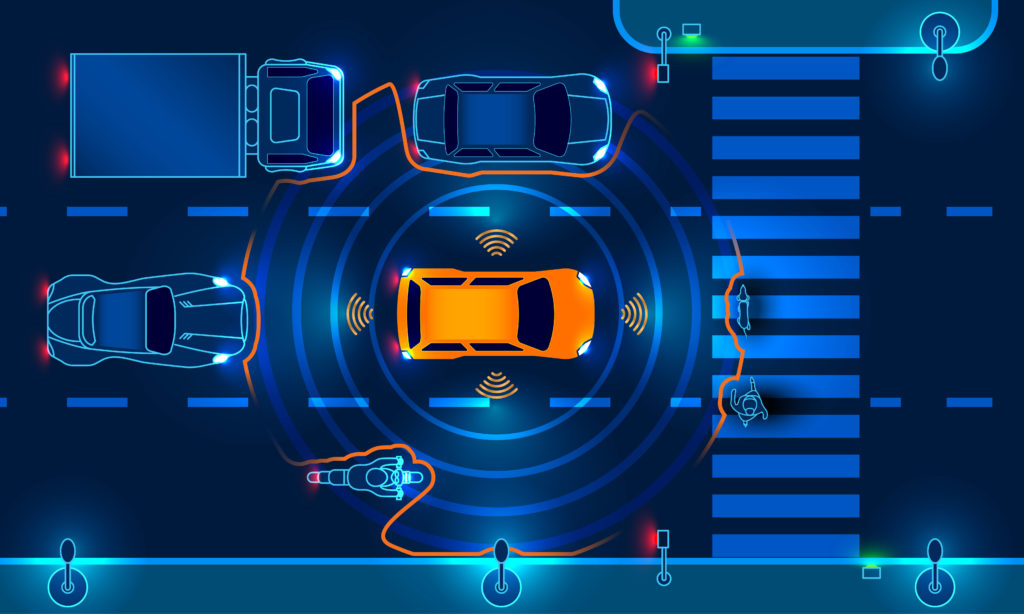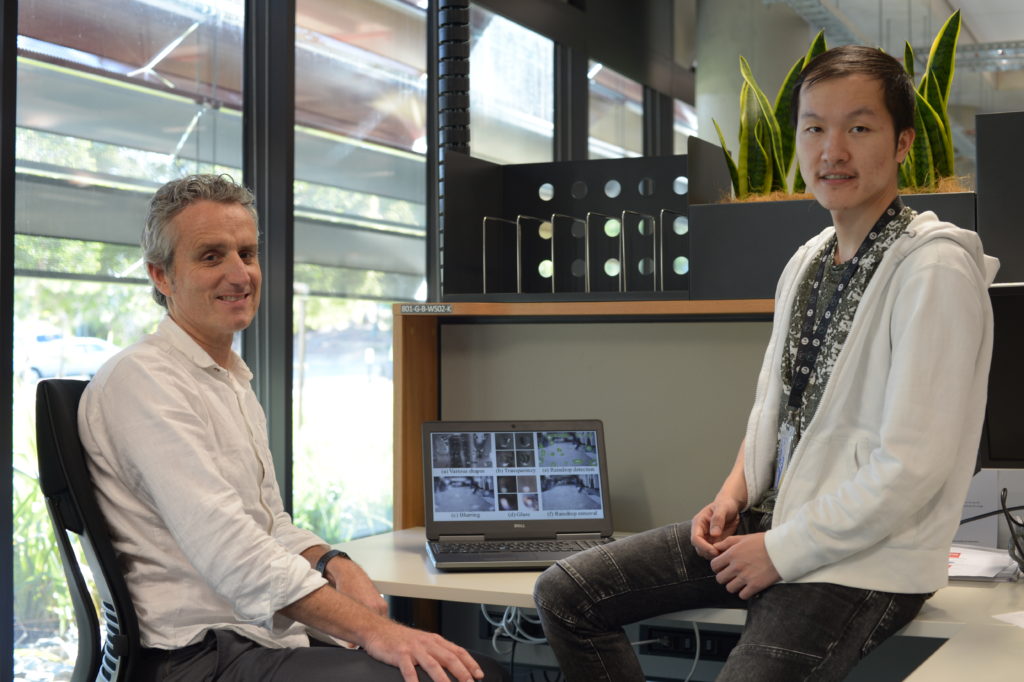
One of the biggest barriers to driverless cars is their inability to see like humans
Driverless cars are almost here. We’re seeing huge technological advances on the daily that are bringing them closer to reality. But as we all get excited about how sweet it will be to cruise to work while reading a book and drinking a coffee without your eyes on the road, there’s still a lot of stuff to finesse before we jump behind the non-existent steering wheel.
One of the big technical challenges still lingering in autonomous driving is giving vehicles ‘human’ sight. Sight is a vital part of detecting and understanding everything from road signs and traffic conditions to avoiding pedestrians and vehicle collisions.
Currently most self-driving cars use laser sensors to detect the environment around them but this has some obvious limitations. While lasers are good for detecting objects and their distance from the vehicle, they certainly can’t read and follow street signs or make out the difference between a footpath and the driveable road.
Our team at Data61 are keen to put their expertise to the test and solve this challenge. So we’ve partnered with Chinese self-driving technology company, ZongMu Technology. Together we’re aiming to equip vehicles with computer vision, an intuitive way to allow a machine to see and understand the environment the way humans do and react to hazards.

Computer vision allows a machine to see and understand the environment the way humans do and react to hazards
The idea is to develop computer vision using algorithms to estimate the space between objects according to the vehicle’s motion and predict the potential hazards of moving objects. Unlike laser sensors which rely on a series of points to identify hazards, computer vision offers richer information and a deeper understanding of road scenes through 3D image analysis. Our technology will allow self-driving cars to rapidly detect and avoid hazards, understand and obey road rules and to determine their exact location in relation to other moving vehicles and landmarks in a given environment. In fact, it would allow driverless cars to react quickly to any hazards at a distance of 10 metres or further to avoid collisions.
Not only are laser sensors used by the majority of companies less effective at avoiding hazards, they’re also prohibitively expensive. On the other hand, the computer vision algorithms we’re developing with ZongMu cost one-tenth the amount and will allow commercial and truly autonomous cars to reach the road in a much shorter time frame.
And it’s not just driverless cars that can benefit from this type of technology. The research is building on our previous work in developing a bionic eye, using computer vision that has given sight to the visually impaired. Using electrodes in a bionic eye, patients are able to get a sense of distance, with the electrical signals intensifying as the individual gets closer to an obstacle.
ZongMu’s self-driving technology is already being used by China’s leading car makers for enhanced driver and road safety, and with our expertise in computer vision, the partnership will help bring self-driving cars to market with the highest safety standards.


Pingback: BrandPost: Why HPC Matters: Enabling ‘Bionic Vision’ - Account Security Lockdown
10th February 2018 at 12:31 pm
Amazing advancements. One of the perceived problems with self driving cars is the transition from driving to self driving i.e. how self driving cars will react when surrounded by human driven cars and the erratic nature of human behaviours. Will this new technology enable this transition to occur more effectively and safely?
13th March 2018 at 9:03 am
Hi James,
Yes, this technology will speed up reaction times, so that vehicles can quickly react to any hazards at a distance of 10 metres or further to avoid collisions. It’ll certainly assist the transition to self-driving cars, but for the greatest degree of safety we’ll have to wait for all cars on the road to be fully autonomous.
Cheers,
Eliza
Social media team
10th February 2018 at 9:04 am
Yes, wouldn’t it be cool to ride to work while reading a book…. Oh wait, you can do that on a bus or a train.
9th February 2018 at 6:06 pm
sounds great hope it comes to fruition good to see we still have something to do with cars , after mistake of shutting down our car industry
greg